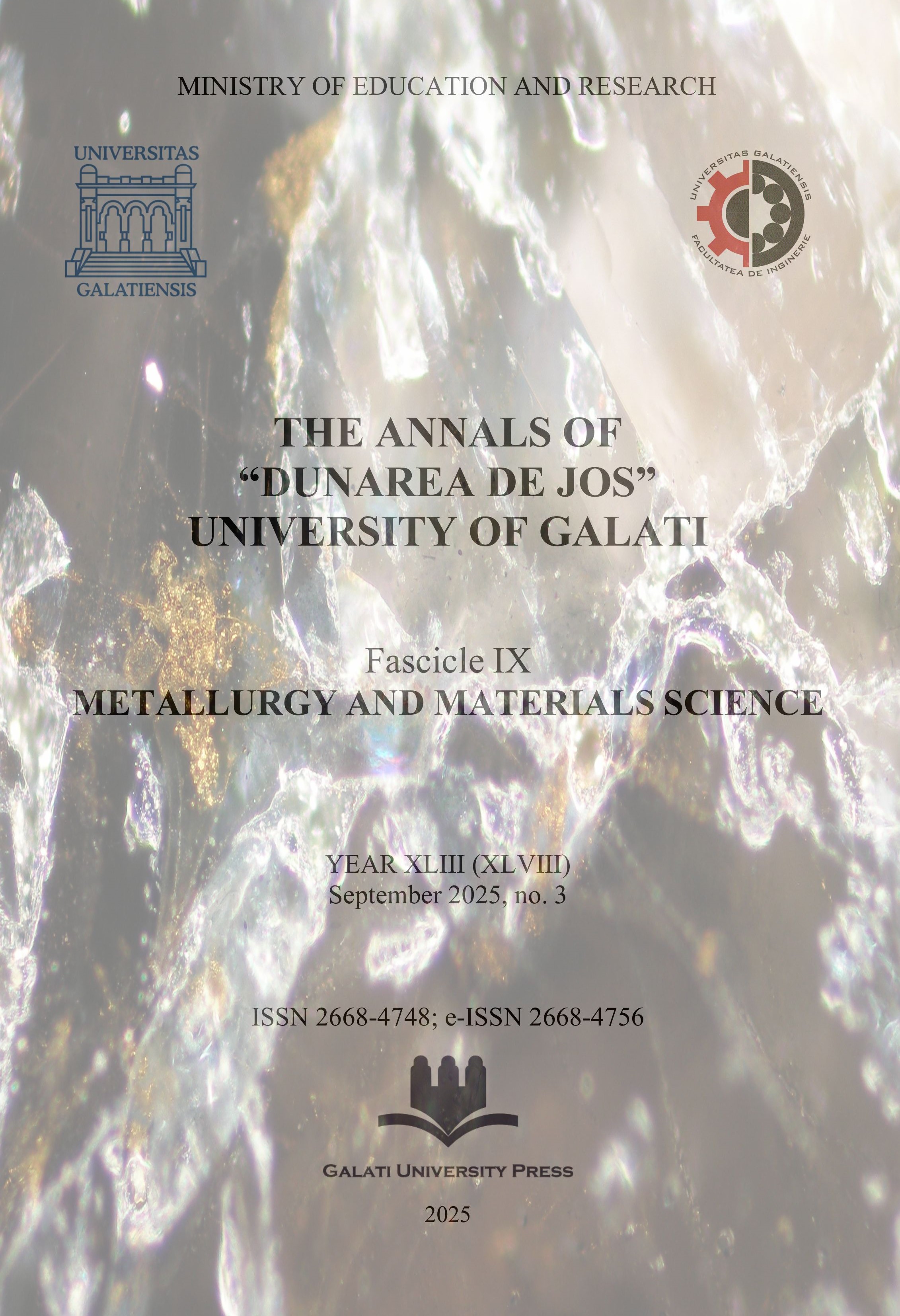Simulation-Based Design of Parametric Origami Structures for Blast and Ballistic Protection
Abstract
This paper investigates the use of parametric origami structures as multifunctional protective layers for lightweight armoured vehicles. Three geometries—Miura-Ori, Kresling, and Waterbomb—were developed as fully parametric CAD models and evaluated under different threat scenarios. Finite element simulations were performed to assess their structural response to vertical blast loads, lateral shaped-charge impacts, and vibrational excitation. Results show that the Miura-Ori panel reduces transmitted acceleration by 58% under simulated IED conditions and provides vibration damping up to 0.82 mm at the center. The Kresling configuration absorbs lateral shocks with 45% pressure attenuation through controlled torsional collapse. The Waterbomb matrix reduces vibroacoustic amplitudes by over 20% across the 100-800 Hz range. A 3D printing orientation study was also conducted, revealing the need to optimize supports for manufacturability. The study confirms that origami-based, parametrically driven designs offer promising performance-to-weight advantages and adaptability for modular armour systems.
Downloads
References
[2]. Zhang Y., Liu M., Local Impact Resistance of Curved Sandwich Panels with Miura-Ori Cores, Engineering Structures, vol. 280, no. 117232, p. 1-10, 2023.
[3]. Hussain F., Cantwell W. J., Khan K. A., Energy Absorption of Origami-Inspired Structures: A Review, Thin-Walled Structures, vol. 158, no. 107160, p. 1-19, 2021.
[4]. Jiang M., et al., Mechanical Properties of Miura-Based Kagome Origami Honeycomb, Thin-Walled Structures, vol. 188, no. 109245, p. 1-14, 2023.
[5]. Wu Z., Fu Z., Zhang S., Zhang X., Mechanical Characteristics of Graded Miura-Ori Metamaterials, Materials & Design, vol. 203, no. 109597, p. 1-11, 2021.
[6]. Qiang W., et al., Energy Absorption Performance of Kresling Origami Tubes under Quasi-Static and Dynamic Loading, International Journal of Mechanical Sciences, vol. 247, no. 108139, p. 1-13, 2024.
[7]. Kidambi N., Wang K. W., Dynamics of Kresling Origami Deployment, International Journal of Solids and Structures, vol. 223, no. 111152, p. 1-16, 2020.
[8]. Li J., Chen Y., Feng X., Sareh P., Computational Modeling and Energy Absorption of Modular Kresling Origami Tubes, Thin-Walled Structures, vol. 164, no. 107796, p. 1-14, 2021.
[9]. Hussain F., Saleem M., Altaf K., Review of Origami-Inspired Structures for Enhanced Energy Absorption, Arabian Journal for Science and Engineering, vol. 49, no. 1, p. 101-122, 2025.
[10]. O’Neil J., Salviato M., Yang J., Crashworthiness of Filament Wound CFRP Origami Tubes, Composite Structures, vol. 319, no. 116976, p. 1-11, 2023.
[11]. Zhao Y., Lu H., Zhou Y., Origami-Inspired Plate-Lattice Structures for Enhanced Energy Dissipation, Materials Letters, vol. 334, no. 133717, p. 1-5, 2023.
[12]. Feng H., Zhang T., Li J., The Effect of Material Directionality in Miura Composite Origami Structures, International Journal of Mechanical Sciences, vol. 241, no. 107187, p. 1-10, 2022.
[13]. Wu H., Zhang Y., Tang H., Transient Dynamics of Miura-Origami Tubes under Dynamic Compression, International Journal of Impact Engineering, vol. 156, no. 103974, p. 1-12, 2021.
[14]. Tao J., Li S., Asymmetric Multi-Stability in Stacked Miura-Based Origami Structures, Mechanics Research Communications, vol. 120, no. 103824, p. 1-9, 2021.
[15]. Wang X., et al., Crashworthiness Analysis of Thin-Walled Kresling Pattern Tubes under Axial Impact, International Journal of Solids and Structures, vol. 281, no. 111242, p. 1-14, 2024.
[16]. Yan S., et al., Double-Strip Origami Metamaterials for Low-Frequency Vibration Isolation, International Journal of Mechanical Sciences, vol. 239, no. 107015, p. 1-13, 2024.
[17]. Sun H., Li Y., Liu J., Miura Origami Sandwich Panels for Impact Resistance, Composites Part B: Engineering, vol. 247, no. 110340, p. 1-11, 2022.



